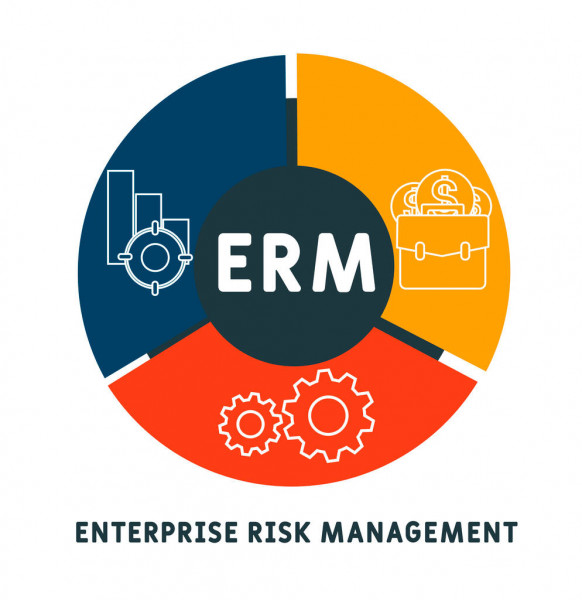
When companies consider implementing enterprise software, standard operating procedure would be to look at a public company’s financials before deciding to implement the solution. If the software company is private, the prospective customer often asks for the right to view their financials. A prospective customer wants to know that the software company they will work with and rely on will still be in business down the road. And, even if the company is not on the verge of bankruptcy, they want to see that they are successful enough that they can continue to invest in the solution.
In the enterprise software market, there are companies growing extremely fast, that Wall Street loves, that appear to be hemorrhaging money. How can they be growing so fast? Why would prospective customers choose to work with software vendors losing so much money year after year?
Coupa (NASDAQ NDAQ -1.5%: COUP) is an examplee of a fast-growing but unprofitable company. Coupa is a leading provider of Business Spend Management solutions. They offer a cloud-based platform that connects their customers with more than seven million suppliers globally. Their platform provides greater visibility into and control over how companies spend money, optimize supply chains, and manage liquidity. Cumulatively, there is more than $3 trillion in spend under management and 7 million suppliers on the Coupa platform. That data can be mined in a manner that protects their customer’s identity but allows their users to benchmark their spend behavior and better run their supply chains. As the spend on the platform continues to grow, the community intelligence makes Coupa stickier and stickier.
In 2021, Coupa reported losses of $180.1 million on sales of $541.6 million. They are growing fast, year over year growth of 39%, but those seem like big losses as a percentage of sales.
Nevertheless, the consensus among Wall Street analysts is that Coupa is a good investment. Outof 20 financial firms covering Coupa, 14 rate them a Buy, and 6 rate them a Hold.
A software company is a digital enterprise, they do not operate like a traditional bricks and mortar company. I can recall a case study when I was in business school where a profitable, fast-growing manufacturer nonetheless went out of business. The problem? Their cash flow did not keep pace with their sales. The company was paying for raw materials at a pace faster than their customers were paying them for their products. They simply ran out of cash. The lesson is that a company’s viability is not just about earnings and losses, positive cash flows are critical. For fast growing companies the phrase “cash is king” reflects this lesson. Investors are willing to provide ample funding to fast growing companies if they believe a company can dial back growth and dial up profits at will. This was why investors continued to fund Amazon’s growth, despite their ongoing losses, for so many years.
In recent years, the Rule of 40—the idea that a software company’s combined growth rate and profit margin should be greater than 40%—has gained traction. Growth and profit margin are the only two inputs needed by the rule of 40 formula. To calculate whether a company is above or below 40, simply add the percentage growth to the company’s gross margin.
The Rule of 40 was popularized by venture capitalists in recent years as a key performance metric for SaaS firms. The metric captures the trade-off between short-term viability and the investment in growth. Software firms that can outperform the Rule of 40 have valuations that are twice as high as those that miss this mark. These high growth SaaS firms also generate returns that are up to 15% more than the S&P 500.
There is a financial website that makes these calculations, and many others. They report that Coupa is at 58.2% on this metric.
GAAP versus Non-GAAP
Software executives and many in the financial community argue that Generally Accepted Accounting Principles (GAAP) used in reporting revenues, tell an incomplete store for digital firms. GAAP, they argue, makes perfect sense for companies that deliver physical goods to customers. Non-GAAP earnings – an alternative accounting method used to measure the earnings of a company – can provide a view into the company’s ability to generate revenues from operations that can be obscured in high growth companies with high debt. Non-GAAP earnings are reported in addition to the mandated GAAP earnings.
Commonly used non-GAAP financial measures include earnings before earnings before interest, taxes, depreciation, and amortization (EBITDA), free cash flows, core earnings, and funds from operations. Non-GAAP earnings can, however, be misleading. One can view high debt as something that a high growth company will find easier and easier to deal with as they grow. For a growing company selling in the software as a service model, the revenues build year after year because these are multiyear contracts. This is like the experience many people who buy houses have; it gets easier to afford the mortgage payments as the owner gets raises but their payments stay the same. At Coupa, for example, non-GAAP revenues were 102% of revenues in fiscal year 2016, but only 62% last year.
In addition to non-GAAP methods of calculating profit and loss, companies also frequently provide other metrics to the financial community as core success metrics. For Coupa, a key success measure they share with investors is the growth in spend under management. As mentioned, at the end of 2021 it was over $3 trillion, in the last fiscal year it was under $2.4 trillion, and the year before that it was under $1.1 trillion.
Conclusion
It is understandable that a company might be hesitant to do business with an enterprise software company losing large amounts of money quarter after quarter and year after year. However, those that understand the Rule of 40 understand that some of these companies are not nearly as risky as they appear.
Courtesy- https://www.forbes.com/sites/stevebanker/2022/01/13/can-you-risk-implementing-enterprise-software-from-a-high-growth-company-with-large-losses/?sh=674b64321239


